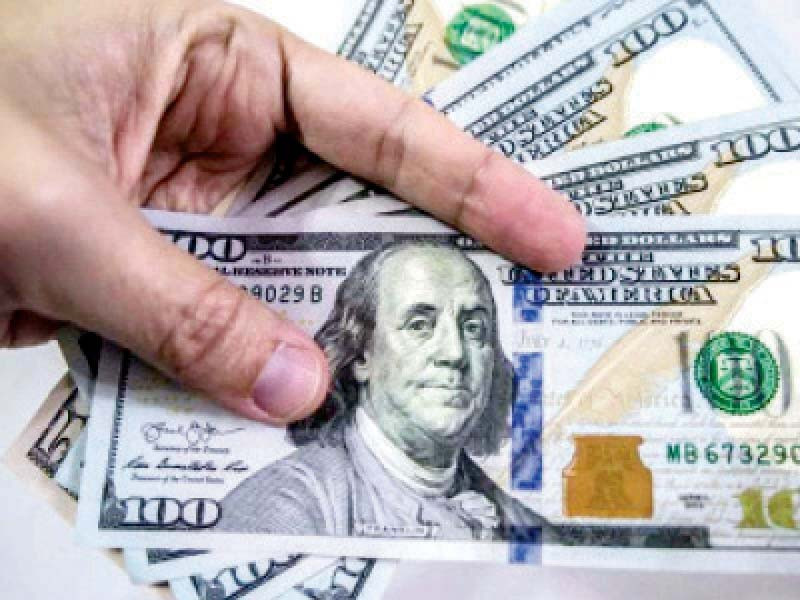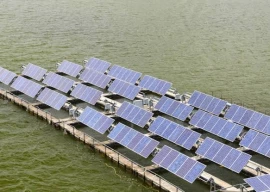
The government took $3.8 billion worth of new foreign loans in the past four months, up 18%, as it saw a further uptick in lending by the multilateral lenders once the International Monetary Fund (IMF) obstacle was crossed in a couple of months.
The government obtained $3.8 billion in gross foreign loans during the July-October period of fiscal year 2021-22, according to the Ministry of Economic Affairs.
The borrowing was higher by $580 million, or 18%, compared with the loans taken in the same period of last fiscal year.
The $3.8 billion of foreign loans did not include the borrowing made through the highly expensive Naya Pakistan Certificates at up to 7% interest in dollar terms for only one year.
Finance Adviser Shaukat Tarin said on Monday that the revival of IMF programme would help secure more loans from the bilateral and multilateral lenders.
Official statistics showed that bilateral lending to Pakistan almost dried up in the current fiscal year, standing at a mere $77.4 million so far for project financing.
Out of this, $73.4 million was given by China, which was very low compared with the huge Chinese lending at the peak of China-Pakistan Economic Corridor (CPEC) project.
The Pakistan Tehreek-e-Insaf (PTI) government has not yet been able to secure a fresh commitment of $6 billion from China for financing the Mainline-I railway project of CPEC.
About three-fourths of the officially declared disbursement, or $2.7 billion, were on account of budgetary support and oil procurement, which meant that no asset was created by using the loans and the money would be paid back by obtaining more loans.
An amount of $866 million was received in foreign commercial loans during the first four months of current fiscal year.
The government borrowed $61 million from Ajman Bank, $215 million from Dubai Bank and another $320 million from Standard Chartered Bank, London, according to the economic affairs ministry.
A financing of $270 million was secured from Credit Suisse AG during October.
The government took $446 million in loans from the Islamic Development Bank for crude oil imports but no fresh financing came in October. The Asian Infrastructure Investment Bank released $36 million for project financing.
The multilateral lenders gave $1.8 billion in loans in four months. Amongst the multilateral development partners, the Asian Development Bank (ADB) disbursed $580 million during the July-October period, including the money for vaccine procurement.
Owing to the increasing reliance on loans to increase the country’s foreign exchange reserves and finance the budget deficit, the cost of debt servicing has gone up significantly.
The steep rupee devaluation has also made matters worse for the government, as the depreciation has already added Rs1.6 trillion to the stock of external public debt as of June this year.
A report of the State Bank of Pakistan revealed that during the first three years of its tenure, the PTI government added Rs14.9 trillion to the public debt, which was 60% more than the debt stock in June 2018.
The World Bank released $782 million in four months, including a withheld loan of $400 million under the Programme for Affordable Clean Energy (PACE) after the government approved a new power generation expansion plan under the loan condition.
Published in The Express Tribune, November 23rd, 2021.
Like Business on Facebook, follow @TribuneBiz on Twitter to stay informed and join in the conversation.








1734899716-0/image-(15)1734899716-0-270x192.webp)
1734899549-0/image-(16)1734899549-0-270x192.webp)













COMMENTS (2)
Comments are moderated and generally will be posted if they are on-topic and not abusive.
For more information, please see our Comments FAQ